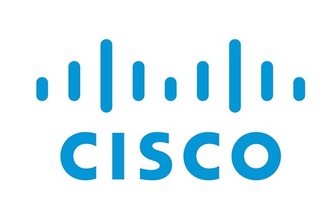Virtual unbundled fibre links could provide cheaper access and quicker delivery
Ofcom proposes 'virtual' optical fibre links to drive Digital Britain's superfast broadband Regulator Ofcom today announced proposals to deliver optical fibre next-generation services faster and ...
To continue reading this article...
Join Computing
- Unlimited access to real-time news, analysis and opinion from the technology industry
- Receive important and breaking news in our daily newsletter
- Be the first to hear about our events and awards programmes
- Join live member only interviews with IT leaders at the ‘IT Lounge’; your chance to ask your burning tech questions and have them answered
- Access to the Computing Delta hub providing market intelligence and research
- Receive our members-only newsletter with exclusive opinion pieces from senior IT Leaders


















